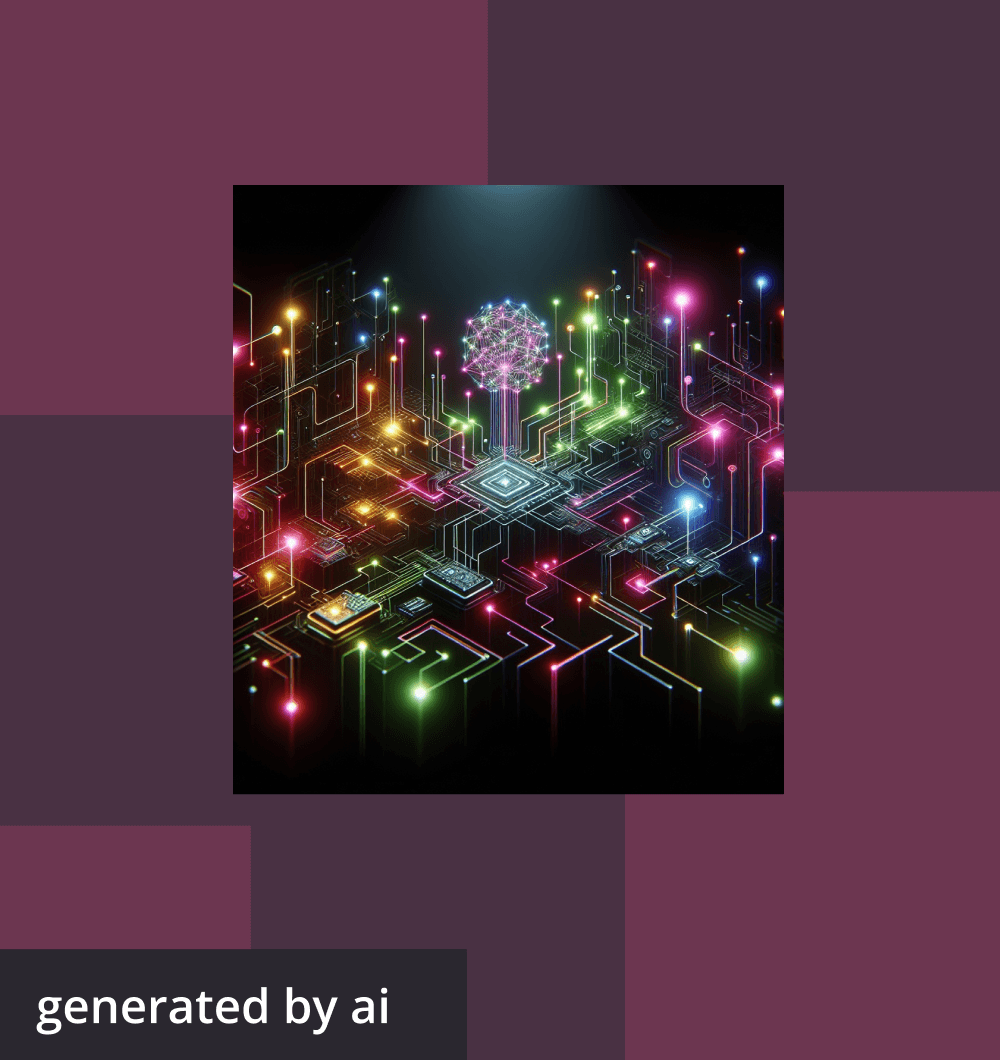
When scaling up your technical teams, it's important to establish a strong foundation to build upon. One of the pillars of a strong foundation is hiring strong senior developers---who are often the toughest to recruit. Because these candidates are fewer and far between with a larger pool of opportunity to dip into, they require a more strategic plan for recruiting. From the number of touchpoints, stakeholders involved, and type of technical assessment needed---you’ll need a consistent and tailored workflow in place if you’re looking to add senior developers to your team.
Tech companies, regardless of maturity stage or size, need seasoned tech leaders with extensive experience and wisdom to not only better develop their technology but also the junior staff. Becoming an expert on how to recruit these candidates will help you establish trust with them upfront; setting up the recruiting process and candidate experience for success before they even reach your engineering team.
3 Benefits of a Standardized Workflow for Senior Candidates
So why is it imperative to have a standardized process in place when recruiting for senior developers? A few benefits:
1. Objectivity
Having a workflow that is standardized for each role you’re filling allows your team to judge candidates apples to apples. If all candidates are being evaluated on the same exact criteria you leave little room to introduce inherent biases and maintain a more objective evaluation process.
2. Speed
The more detailed your directions to your destination, the faster you'll arrive. The same goes for recruiting senior developers. Your team must be aligned on what the process is for this specific role, who the key stakeholders are, and what the timeline looks like for bringing on a new hire---any bit of uncertainty among your team adds time needed to resolve, which in turn slows down the process. A standardized workflow helps you keep the pathways clear to hire candidates faster.
3. Candidate Experience
One of the biggest benefits of a standardized process for senior developers is creating a tailored candidate experience.
One common mistake companies make is having the same process, regardless of seniority. Each role you fill will require a different level of care and interaction with the candidates you meet. For example senior candidates typically higher in demand, so you may consider involving certain stakeholders in your processes like the Head of Engineering or CTO earlier in the process to express the company’s interest.
What Does This Workflow Look Like?
First, decide who you want to include. Depending on the size of your organization, this can go a number of ways. A mid-size company with only 10 engineers might only include the 3 core stakeholders in the interview process (recruiter, hiring manager, and head of engineering or CTO), while an enterprise company with various engineering teams under one organization may want to include the core stakeholders along with every engineering team leader.
Each stakeholder you involve should serve a specific purpose:
Hiring Manager
Your number one stakeholder in this process is the hiring manager. They must be the most involved and ensure that all other stakeholders are adhering to the standard process you’ve put in place.
Head of Engineering/CTO
The head of the entire engineering organization, be it a CTO or VP of engineering, should get the opportunity to meet with your candidate to gauge how well your candidate will work with other company leadership, outside of engineering
Other Lead Engineers
Depending on how large your engineering organization is and how senior the role is, your candidate should meet with other lead engineers within the organization as well. This serves 2 purposes: confirming team compatibility and getting a sense of team chemistry.
Once you’ve established who to involve, begin mapping out the workflow. The following example can be adapted for companies of all sizes, taking into account different structures of engineering teams. Here is an ideal example of what this process could look like for larger companies:

Step 1. Source passive candidate or receive referrals
Senior developer candidate enters your funnel via internal referral or response to your outreach via LinkedIn, job board, or another recruiting channel.
Step 2. Phone screen with tech recruiter
The purpose of this call is to get alignment with the candidate on where they stand in the hiring process. Evaluate what they’re looking for in their next role; could they be a potential fit for the role you’re filling? Does your timeline align with theirs? Are they engaged with other companies?
Step 3. Phone interview with either hiring manager or other engineering leader
This could be one phone call, but is often stretched to a few. If this is for a leadership position, you’ll want to ensure that the candidate is familiar with your team’s developmental philosophies (Are they familiar with scrum? Or is your team using agile?) and has good chemistry with other engineering leaders in the organization.
Step 4. Non-technical assessment to gauge their big-picture thinking
For senior level candidates, it’s important to evaluate whether their thought-process and approach to solving real-world issues align with your engineering organization’s philosophies. You’re trying to get a sense of their debugging and pattern recognition capabilities. By asking certain types of questions, like behavioral or problem-solving questions, you can get a sense of how candidates approach and tackle the problems they’d face in their day-to-day interactions. Consider incorporating these into your process:
-
- Behavioral questions: Asking behavioral questions gives you a peek into how they’ve handled problems in the past and whether they’d be successful in the role. In order to make these questions impactful make sure to ask follow up questions to keep the conversation flowing. Examples:
- Describe a situation in which you met a major obstacle in order to complete a project. How did you deal with it? What steps did you take?
- Tell me about a time when you had to present complex programming problem to a person that doesn’t understand technical jargon. How did you ensure that the other person understood you?
- Problem-solving questions: Often these questions are not meant to be solved, but used to understand their thought process in navigating real-world problems. Understanding how they work in this context is a great way to gauge future performance. Unlike “brain-teasers” they aren’t meant to stump your candidates, rather, they help you analyze how a candidate breaks down problems into smaller pieces---measuring computational thinking. Examples:
- How many times a day do a clock's hands overlap?
- How would you locate a specific book in a big library? There's no cataloging system and no librarian to help you.
- Behavioral questions: Asking behavioral questions gives you a peek into how they’ve handled problems in the past and whether they’d be successful in the role. In order to make these questions impactful make sure to ask follow up questions to keep the conversation flowing. Examples:
Step 5. Final onsite interview with CodePair (or other real-time technical assessment)
It's critical to test fundamental coding skills...especially since senior developers are building the fundamental infrastructure to scale your operation. In fact, here’s what happens if you don’t assess fundamental skills for senior developers. But asking senior developers to do so can be tricky. These are muscles they may not be used to flexing, especially if they’ve been people managers for the last few years.
To create a positive experience for your senior candidates, it’s critical to prepare them before you bring them on-site. You don’t want to bring up the assessment too early on, as it may turn them off, but once you’ve established a good rapport and you’re closer to the final on-site interview, let them know that the technical skill assessment is coming and why it’s necessary: assessing their fundamental knowledge.
Bottom Line
Whether you’re a recruiter at a startup of 50 employees building in new hiring processes for your tech team, or scaling up teams of senior engineers at a large global company, its beneficial to have a standardized, yet tailored workflow for your more experienced developer candidates.
The beauty of the previously outlined process is that it can easily be adapted to meet your needs. The elements you’ll want to tweak are the number of touchpoints and the stakeholders you involve in the interview process, the other elements are foundational and should be included regardless of your situation. You’ll want to work with your CTO or head of engineering, the key stakeholders who oversee the entire organization, to define what your workflow should look like.
Next: Engineering Leadership Guide - How to Build a Hiring Process for Engineering Part 1

